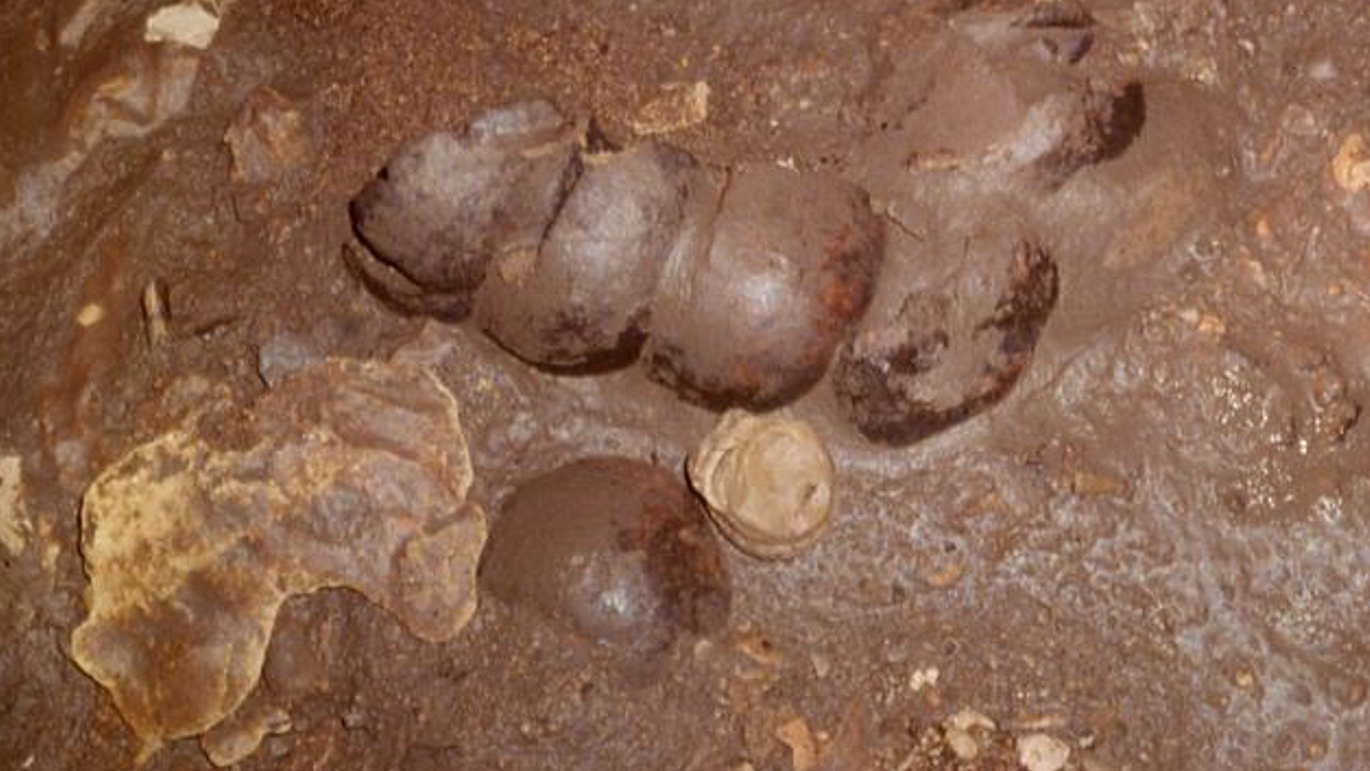
Deep in an underground cave in Guatemala, archaeologists stumbled upon hundreds of fragmented human bones showing signs of injury. The discovery paints a chilling picture: The people here were sacrificed during the dry season to appease the Maya rain god — or parts of them were.
“The emerging pattern that we’re seeing is that there are body parts and not bodies,” Michele Bleuze, a bioarchaeologist at California State University, Los Angeles, told Live Science. “In Maya ritual, body parts are just as valuable as the whole body,” she said.
In the early 1990s, a survey underneath the archaeological site of Dos Pilas in Petén, Guatemala, revealed more than a dozen caves that were used by the Maya between 400 B.C. and A.D. 250. One of them — called the Cueva de Sangre, or “Blood Cave” — had a large collection of human bones scattered on the floor, many of which showed evidence of traumatic injuries around the time of death.
In a presentation at the annual Society for American Archaeology meeting on April 24, Bleuze detailed the team’s analysis of the Cueva de Sangre bones and explained why they believe the cave was the site of an ancient Maya sacrifice two millennia ago.
Related: Mysterious Tikal altar that wasn’t Maya after all includes at least 4 skeletons — and 1 was a child
“There are a few lines of evidence that we used to determine that this was more likely a ritual site than not,” Ellen Fricano, a forensic anthropologist at Western University of Health Sciences in California who examined the injuries to the bones, told Live Science. For example, the bones were on the surface, rather than buried, and the injuries to the bones suggest ritual dismemberment, rather than immediate burial.
A fragment of the left side of the forehead, for instance, had a mark suggesting that someone used a tool with a beveled edge — like a hatchet — on the skull, Fricano said. A child’s hip bone had a similar cut. Both appear to have been made around the time of death.
Some human remains were also arranged in a nonanatomic way, pointing to a ritualistic nature to their collection. On the ground in one part of the cave, excavators found a series of four stacked skull caps.
The combination of injuries discovered on the bones; the high density of human remains in the cave; and the presence of ritual items, such as red ocher and obsidian blades, strongly suggests that Cueva de Sangre was the site of an ancient Maya ritual sacrifice rather than a standard burial practice, Fricano said.
Sacrifices for a rainy season
Cueva de Sangre is accessed via a small opening and a descent into a low passageway that opens onto a pool of water. Both today and in the past, the cave would have been flooded for most of the year.
The cave was likely accessible only during the dry season, between March and May, and the researchers think this timing is a clue to the meaning of the sacrifice. One important contemporary Maya ritual celebration is called the Day of the Holy Cross. Occurring on May 3, the celebration happens just before the onset of the rains, and people visit caves to pray for rain and a good harvest.
A clear answer to the mystery of the bones in the cave will need to wait a bit longer, Bleuze said. Analysis of the bones from Cueva de Sangre has only just begun. Further work, including ancient DNA and stable isotope analyses, is planned, followed by peer-reviewed publications.
“Right now, our focus is who are these people deposited here, because they’re treated completely differently than the majority of the population,” Bleuze said.


